CB Lightly Snowflake Whites Tree Frogs. Blue line Aussie JUVI
$75.00$125.00 (-40%)
Lightly snowflaked, homegrown CB Juvi Whites Tree Frogs, eating 3/4″ sized crickets. Blue phase line, although that coloring won’t come in fully until they are older. Normal eye color on these with snowflakes. Representative photo, some will vary but very similar
Shipping Countries: United States (US)
Ready to ship in 3-5 business days
Shipping Policy
** Can be combined with other orders to save on box shipping
** USA shipping only, sorry not exporting at this time
** SYR Priority Overnight FEDEX Shipping
** Add Box/supply charge applies
** First paid/ first reserved. No Trades, Holds or payment plans
** Shipping subject to unexpected weather delays. Please have patience
Winter shipping disclaimer (applies NOV 1 to APRIL 1)
Once purchased please reach out by email Shawn@TFWhisperer.com or DM to arrange your best shipping address and time. I'll need your cell# and email also, please enter that into your order details or in your email to me. I ship MONDAY for TUESDAY unless arranged directly with me otherwise.
It is very cold in New Hampshire in winter so boxes leaving here will contain PCM22s and 60-72 hour UNIHEAT heat packs. Please open immediately and remove the heat packs. Boxes that sit all day closed up indoors [at Fedex or on your table] can overheat and kill the animals. Live arrival is guaranteed but not if I don't get notice within 2 hours after delivery confirmation. Please keep in mind that contents are very sensitive and shipping this time of year is tricky with temperatures varying greatly between locations. Help me get it right!
Refund Policy
** Live arrival guaranteed for CREDIT on next purchase or replacement if available at time of loss.
** Must report all loss within 2 hours of arrival
** If heat packs are left inside a sealed box indoors they may overheat animals. You MUST remove them once indoors.
Additional information
| Weight | 1 lbs |
|---|---|
| Dimensions | 10 × 6 × 3 in |
Vendor Information
- Store Name: The Frog Whisperer, LLC ®
- Vendor: The Frog Whisperer, LLC ®
- 5.00 rating from 4 reviews


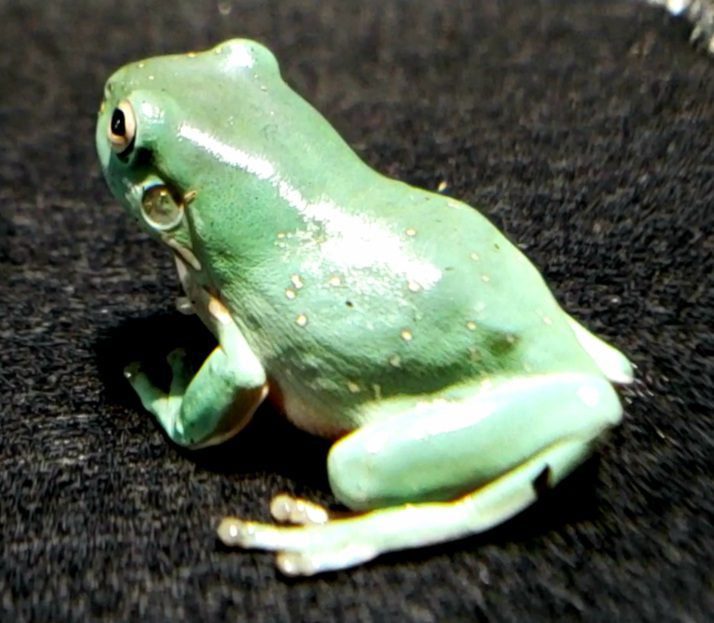


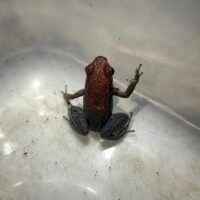
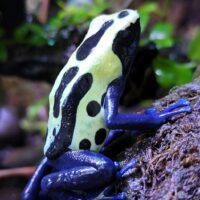
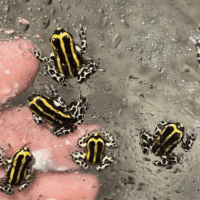
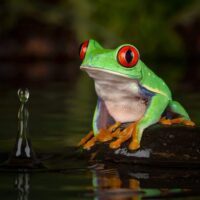
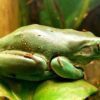
Reviews
There are no reviews yet.